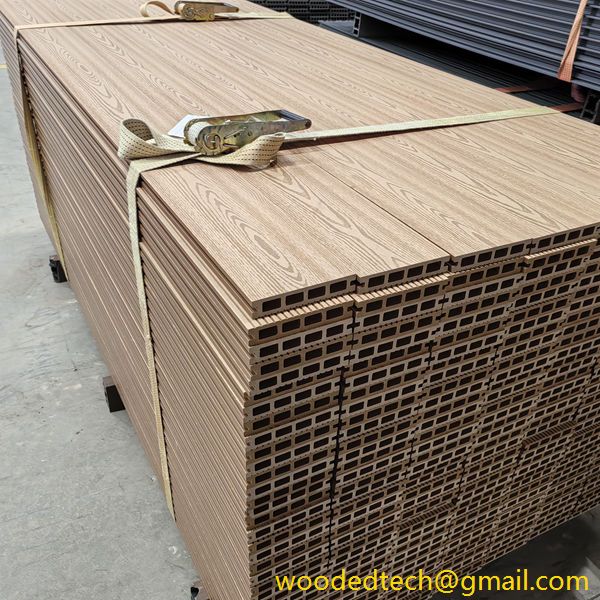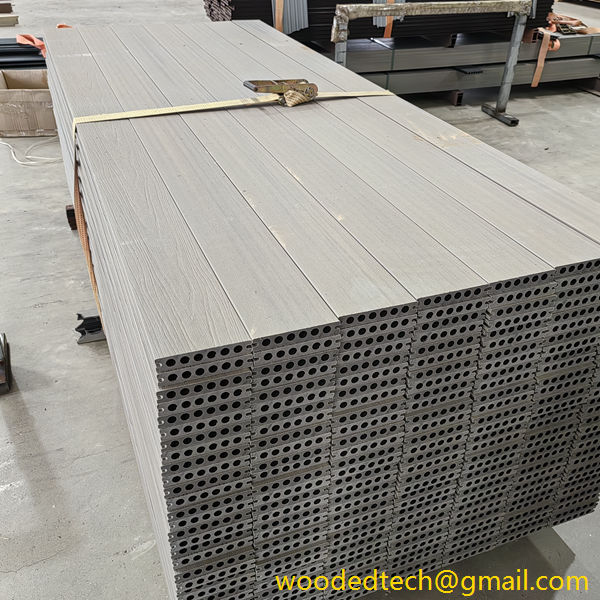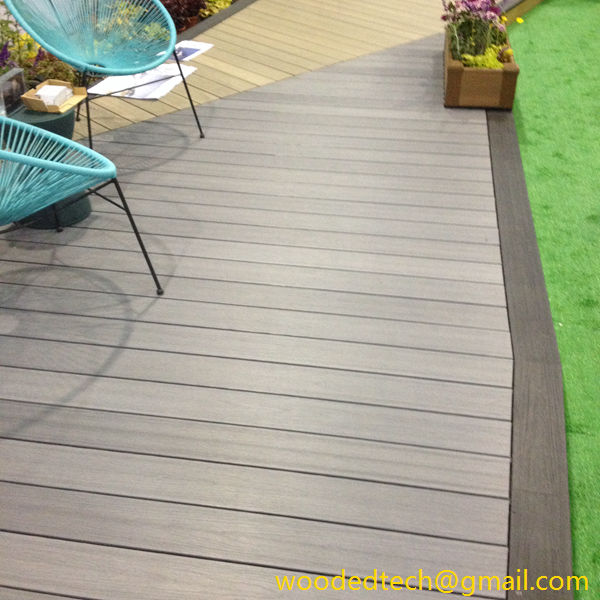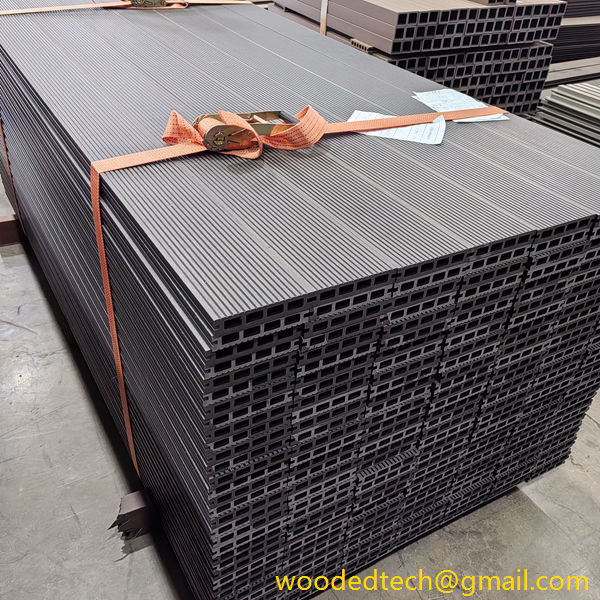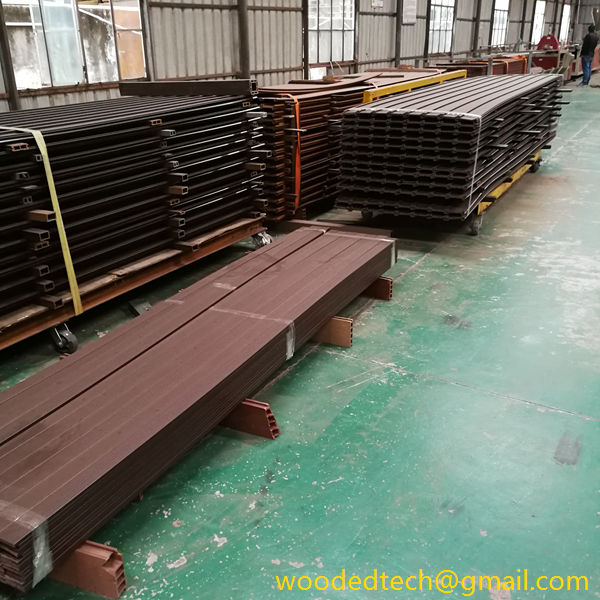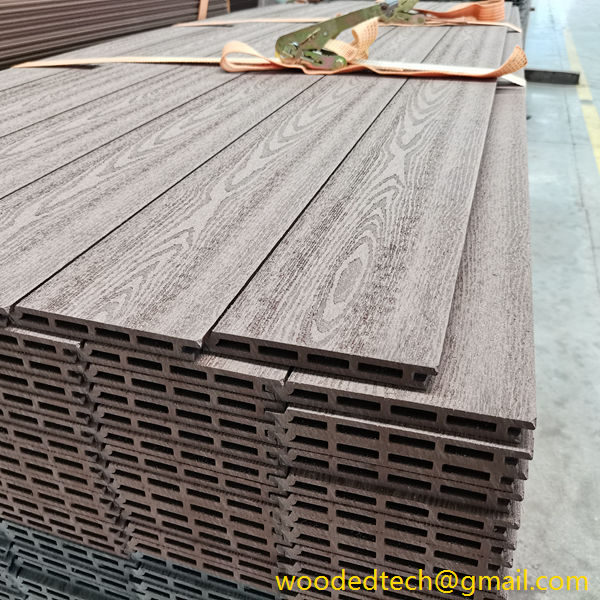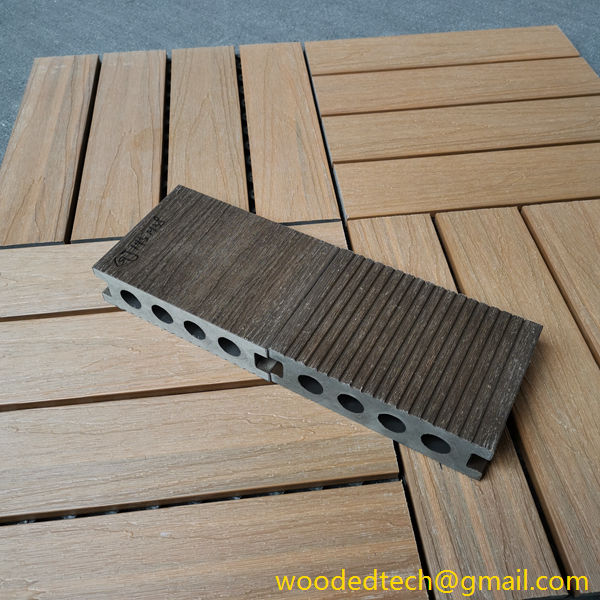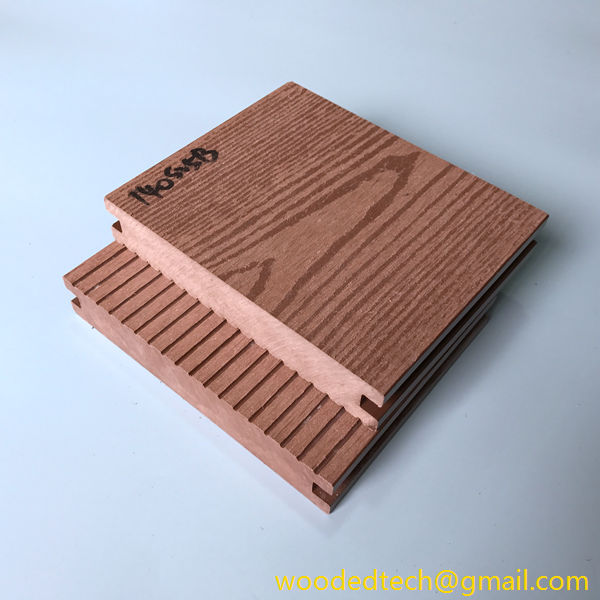¿Es resistente el compuesto de madera? Comprender su durabilidad
¿Es resistente el compuesto de madera? Comprender su durabilidad En los últimos años, los materiales compuestos de madera han ganado una gran popularidad en diversas aplicaciones, desde cubiertas y vallas hasta muebles y suelos. A medida que los propietarios de viviendas y los constructores buscan alternativas a los productos de madera tradicionales, surgen muchas preguntas sobre la resistencia y durabilidad de estos materiales. Este artículo profundiza en las características...
¿Es resistente el compuesto de madera? Comprender su durabilidad
In recent years, wood composite materials have gained significant popularity in various applications, from decking and fencing to furniture and flooring. As homeowners and builders seek alternatives to traditional wood products, many questions arise regarding the strength and durability of these materials. This article delves into the characteristics of wood composites, exploring their strength, longevity, and the factors contributing to their maintenance-free appeal in the later stages of use.
Wood composite materials are engineered products made from a combination of wood fibers, plastic, and other additives. These components are combined through processes such as extrusion or molding, resulting in a material that mimics the appearance of natural wood while providing enhanced performance characteristics. One of the primary reasons for the increasing popularity of wood composites is their strength. Unlike solid wood, which can be prone to warping, splitting, and cracking, wood composites are designed to withstand various environmental stresses. They are resistant to moisture, insects, and other factors that can compromise the integrity of traditional wood.
The durability of wood composites can be attributed to their unique composition. The wood fibers used in these materials are often sourced from recycled wood products, which not only provides an eco-friendly alternative but also enhances the structural integrity of the final product. By combining these fibers with plastic, manufacturers create a material that resists the common pitfalls of natural wood. This combination results in a product that maintains its form and function over time, making it an ideal choice for outdoor applications such as decking and fencing.
Another significant advantage of wood composites is their resistance to rot and decay. Traditional wood, especially when exposed to the elements, can succumb to moisture, leading to mold and mildew growth. Wood composites, on the other hand, are designed to withstand moisture exposure without deteriorating. This inherent resistance to decay means that wood composites can last significantly longer than traditional wood products, reducing the need for replacements and repairs. As they age, many wood composites maintain their structural integrity and appearance, providing a reliable option for homeowners and builders alike.
One of the most appealing aspects of wood composites is their low maintenance requirements. In the later stages of their lifespan, these materials can often be described as maintenance-free. Unlike traditional wood products that require regular staining, sealing, and painting to preserve their appearance and prevent decay, wood composites typically only need occasional cleaning to remove dirt and debris. This ease of maintenance is particularly attractive for those who wish to enjoy their outdoor spaces without the burden of ongoing upkeep.
Moreover, the color and texture of wood composites are often designed to withstand fading over time. Many manufacturers incorporate UV inhibitors into their products, which help to protect against the sun’s harmful rays. This means that wood composites can retain their vibrant appearance for years, even when exposed to harsh weather conditions. Homeowners can enjoy the aesthetic appeal of wood without worrying about the typical wear and tear that comes with traditional materials.
In terms of strength, wood composites can be engineered to meet specific load-bearing requirements. This adaptability makes them suitable for a wide range of applications, from residential decking to commercial structures. The manufacturing processes used to create wood composites allow for variation in density and stiffness, enabling builders to select products that best meet their project needs. This versatility further enhances the appeal of wood composites as a strong and durable alternative to traditional wood products.
While wood composites offer many advantages, it is essential to consider the quality of the materials used in their production. Not all wood composites are created equal, and the strength and durability of a product can vary significantly based on its composition and manufacturing process. Homeowners and builders should seek reputable manufacturers that adhere to industry standards and provide transparency regarding the materials used in their products. This diligence ensures that the chosen wood composite will deliver the desired performance and longevity.
In conclusion, wood composites are indeed strong and durable materials that offer numerous advantages over traditional wood products. Their unique composition, resistance to moisture and decay, and low maintenance requirements make them an attractive choice for a variety of applications. As homeowners and builders continue to seek sustainable and long-lasting alternatives, wood composites stand out as a reliable option that can withstand the test of time. With proper selection and care, these materials can provide a long-lasting solution that enhances both the beauty and functionality of outdoor spaces while requiring minimal upkeep in the later stages of their lifespan.

